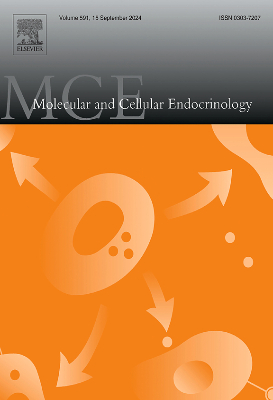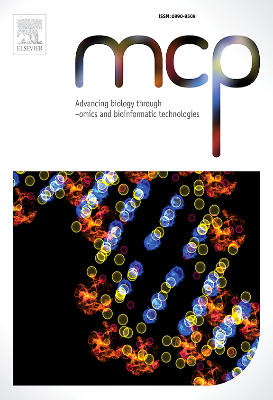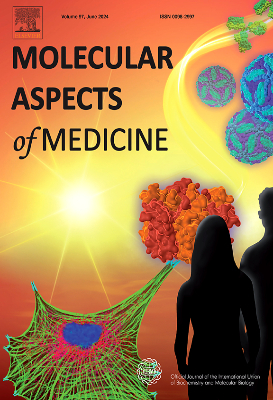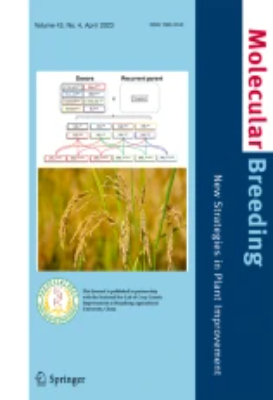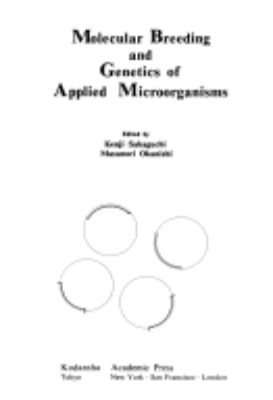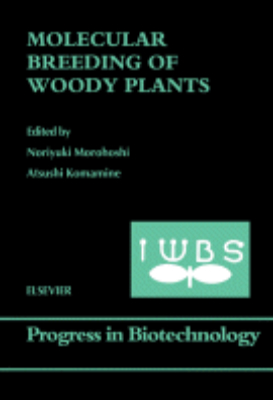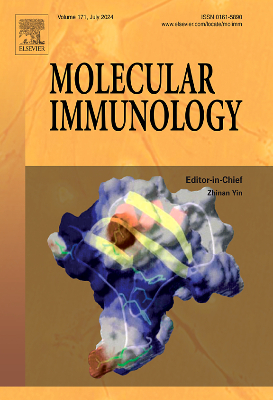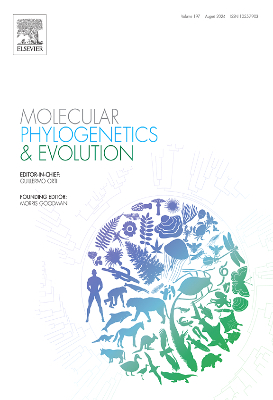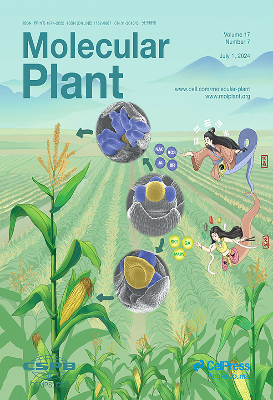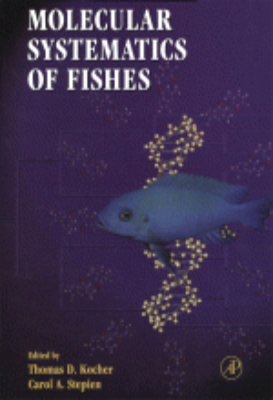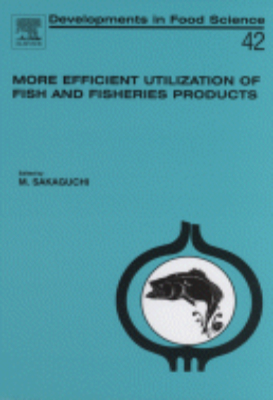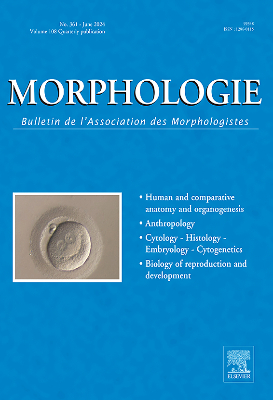E-Resources
Molecular Aspects of Animal Development
The Biochemistry of Animal Development, Volume III: Molecular Aspects of Animal Development provides an account of the developments in the molecular approach to vertebrate development with particular emphasis on the functions of nucleic acids. The book discusses topics on oocyte maturation, transcriptional patterns in early development, the post-transcriptional control of gene expression, and the significance of gene amplification. Morphogenetic substances, growth-promoting proteins, and the functional differentiation of mitochondria in embryonic systems are covered as well. Biochemists, biologists, and zoologists will find the book invaluable.
Molecular Biology of Plant Nuclear Genes
Cell Culture and Somatic Cell Genetics of Plants, Volume 6: Molecular Biology of Plant Nuclear Genes focuses on the spectacular and rapid advances in the molecular biology and genetics of plants. This book consists of 19 chapters. Chapters 1 to 5 describe the most commonly used approaches for the genetic transformation of plants. The light-inducible and tissue-organ-specific genes are discussed in Chapters 6 to 11. In Chapters 12 to 14, the genes regulating phytohormone synthesis, heat shock proteins, and nodulation in legume roots are treated, while in Chapters 15 to 16, the relationship between chromatin structure and gene expression and molecular biology of plant RNA viruses are analyzed. The development of transgenic plants resistant to viruses, insects, and herbicides is dealt with in the last three chapters. This volume is suitable for plant molecular biologist, genetic engineers, and researchers concerned with plant cell and tissue culture.
Molecular Biology of Plant Tumors
Molecular Biology of Plant Tumors provides an opportunity to learn in detail about the latest insights into the mechanism of transformation of plant cells by Agrobacterium tumefaciens. The study of the molecular mechanism responsible for the crown gall phenomenon (induced by Agrobacterium tumefaciens) illustrates the point that the fundamental study of the cause(s) and mechanism(s) of abnormal growth might be one of the most efficient ways to understand cellular differentiation and the molecular basis of gene expression. The book is organized into three parts that contain research on abnormal plant growth, crown gall tumors, and potential vectors for genetic engineering in agriculture. The genetic structure responsible for the neoplasmic transformation of plant cells in crown galls is a bacterial plasmid (called Ti for tumor-inducing). Research described in this volume demonstrates that these Ti plasmids were designed by evolution as natural gene vectors with which some bacteria can introduce active genes into plants. These transferred genes are maintained by integration in the plant genome and their expression is directly or indirectly responsible for the tumorous growth pattern.
Molecular Biology of Plants
Molecular Biology of Plants presents the formal scientific presentations delivered on the symposium on plant molecular biology, held at the University of Minnesota in 1976. The topics in this book are organized around the central dogma of molecular biology. Section I describes the organization and replication of DNA in plant chromosomes, including chloroplast genomes; Section II discusses molecular aspects of transcription and translation, ribosomal RNA gene systems and hormonal control of protein synthesis. Section III examines plant viruses and bacterial agents, in particular the crown gall system, viroids, and the replication of plant RNA viruses. Each of these specific topics contributes to an integrated knowledge of plant molecular biology. The book will be of interest to geneticists, cell biologists, plant breeders, plant physiologists, plant pathologists, and biochemists.
Molecular Breeding and Genetics of Applied Microorganisms
Molecular Breeding and Genetics of Applied Microorganisms provides expert reviews on the developments in the field of applied microbiology in Japan. The book presents areas where further progress in applied microbiology is possible. Articles on these possibilities such as the use of recombinant DNA techniques to link fragments of DNA from unrelated organisms; creation of new strains of microorganisms to control pollution; construction of a ""biological battery"" using a photosynthetic system; and breeding of plant species tolerant to various plant diseases are explored in detail. Microbiologists, biologists, geneticists, biochemists, pharmacologists, and researchers will find the book insightful.
Molecular Genetics
Molecular Genetics, Part III: Chromosome Structure explores the structure and modification of DNA, chromatin, and higher order organization and possible subunits of chromosomes at the molecular level. It describes major changes in concepts of chromatin structure and packaging of DNA based on studies of nuclease digests and electron micrographs; the role of restriction endonucleases in molecular genetics; the involvement of DNA topoisomerases in concerted breaking and rejoining of DNA backbone bonds; enzymatic methylation of DNA; and transcriptional units in eukaryotic chromosomes. Organized into seven chapters, this volume begins with an overview of the general properties of type I and type II restriction enzymes, basic aspects of restriction enzyme technology, and applications of restriction enzyme technology to the study of chromosome structure and function. It then discusses recombinant DNA technology; possible biological roles of DNA topoisomerases; recognition and control sequences in nucleic acids; composition and substructure of nucleosomes; analysis of chromosome fibers by electron microscopy; organization of fibers into chromosomes; and functional aspects of organization of chromosome fibers. Molecular biologists, geneticists, scientists, and electron microscopists will find this book extremely helpful.
Molecular Genetics of Sex Determination
In this era of accelerated discovery and prolific output, Molecular Genetics of Sex Determination keeps readers abreast of this fields fast-moving biology. Its chapters were completed by experts in eacharea only months before publication. The text is organized into two parts. First, it reviews the basic biology of sex determination and summarizes ground-breaking work in mouse, marsupial, and Drosophila systems. Second, it covers current human genetics, clinical studies, and the syndromes of abnormal sex differentiation. With chapters by preeminent reproductive biologists, this is a capital work. Ohno's law is described by Ohno; the Lyon hypothesis, by Lyon; Sinclair tells how he cloned the testis-determining gene; and so on. Molecular Genetics of Sex Determination is authoritative, comprehensive, and current. It is prime reading for geneticists, developmental biologists, graduate students in these and related fields, clinical researchers, physicians, and medical students.
Molecular Genetics: 2000
Molecular Genetics, Part II covers the significant developments in various areas of molecular genetics. This book is composed of 10 chapters that also consider the gene expression and regulation of some enzymes. The opening chapters deal with the mechanisms of nucleic acid replication and repair, as well as the structural aspects of the genetic apparatus of viruses and cells. The next chapters explore the patterns and mechanisms of genetic recombination, the in vitro and in vivo experiments to delineate the genetic code, and the initiation of peptide chains in Escherichia coli. These topics are followed by discussions of the mechanism of DNA-dependent RNA synthesis, the regulation of enzyme synthesis in microorganisms, and the regulation of viral replication. The final chapters consider the theoretical and practical aspects of the metabolic regulation in metazoan system and the procedures for the study of DNA-DNA and DNA-RNA interactions. This book will be of great value to molecular geneticists, biochemists, and researchers.
Molecular Microbial Diagnostic Methods
"Molecular Microbial Diagnostic Methods: Pathways to Implementation for the Food and Water Industry was developed by recognized and experienced highlevel scientists. Its a comprehensive and detailed reference that uncovers industry needs for the use of molecular methods by providing a brief history of water and food analysis for the pathogens of concern. It also describes the potential impact of current and cutting-edge molecular methods. This book discusses the advantages of the implementation of molecular methods, describes information on when and how to use specific methods, and presents why one should utilize them for pathogen detection in the routine laboratory. The content is also pertinent for anyone carrying out microbiological analysis at the research level, and for scientists developing methods, as it focuses on the requirements of end-users. Key Features. Includes information on how to introduce and implement molecular methods for routine monitoring in food and water laboratories. Discusses the importance of robust validation of molecular methods as alternatives to existing standard methods to help ensure the production of defendable results. Highlights potential issues with respect to successful implementation of these methods"
Molecular Systematics of Fishes
"Sequenced biological macromolecules have revitalized systematic studies of evolutionary history. Molecular Systematics of Fishes is the first authoritative overview of the theory and application of these sequencing data to fishes. This volume explores the phylogeny of fishes at multiple taxonomic levels, uses methods of analysis of molecular data that apply both within and between fish populations, and employs molecule-based phylogenies to address broader questions of evolution. Targeted readers include ichthyologists, marine scientists, and all students, faculty, and researchers interested in fish evolution and ecology and vertebrate systematics. Key Features. Focuses on the phylogeny and evolutionary biology of fishes. Contains phylogenies of fishes at multiple taxonomic levels. Applies molecule-based phylogenies to broader questions of evolution. Includes methods for critique of analysis of molecular data"
Molecular Wine Microbiology
"Molecular Wine Microbiology features rigorous scientific content written at a level comprehensible for wine professionals as well as advanced students. It includes information on production and spoilage issues, the microbial groups relevant for wine production and microbial wine safety. Microbiology has long been recognized as a key tool in studying wine production, however only recently have wine microbiology studies been addressed at a molecular level, increasing the understanding of how microbiology impacts not only the flavor quality of the wine, but also its safety. Understanding, at a molecular level, how a starter culture can impact ethanol, glycerol, volatile phenols, mannoproteins, biogenic amines or ochratoxin A of a wine are just some of the core points that must be considered in order to achieve maximium consumer acceptability while addressing safety concerns during processing and storage. While other books offer insights into the technological aspects of enology, this book is written by expert microbiologists, who explore the positive and negative impacts of gene function in the production of wine, from a microbiological point of view. Key Features. Winner of the 2012 Jury Award in Enology from the International Organisation of Vine and Wine. Presents the most current methods of studying the microbiology of wine. Includes latest identification and typing methods, reducing identification time from days and weeks to minutes and hours. Provides important knowledge about the impact of microbiological factors at the molecular level for reduction of wine spoilage and increased wine quality and safety"

